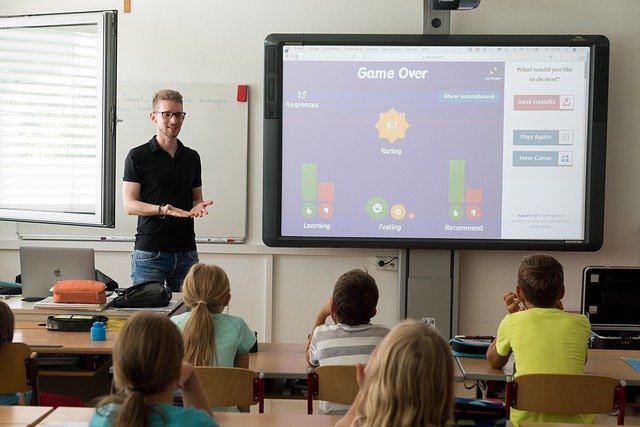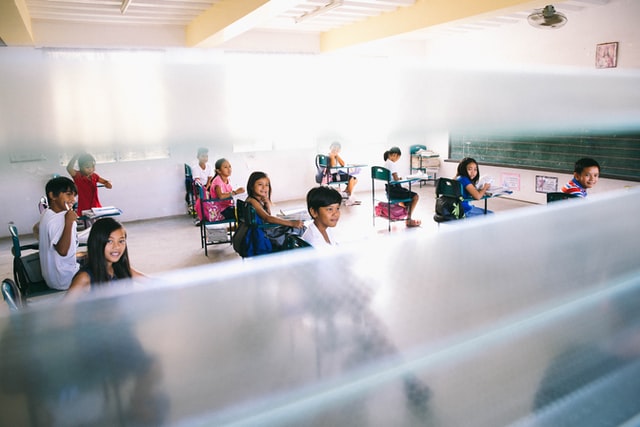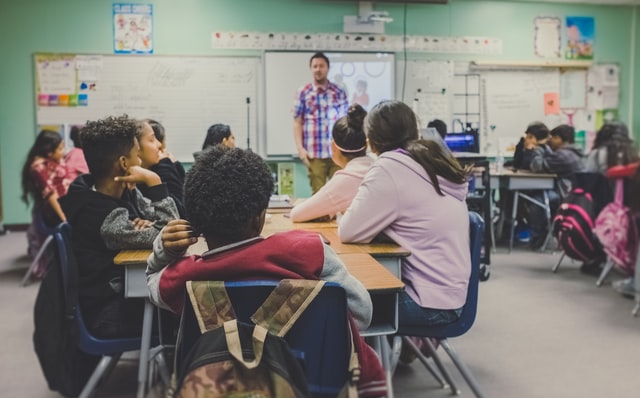Cashing in on technology development and its wide range of access across the world, Virtual or digital learning is not a big deal in today’s generation.
Especially in developing countries like India, digital learning will only help the students to get awareness on various programmes but at the same time, the new method of teaching should yield fruitful results and the students should be conducted timely with awareness activities regarding the same says Hirav Shah.
On the fact note, though Virtual learning has scope for a good substitute for the classroom training during special cases like Covid hard times nothing is close to Classroom learning as it provides knowledge along with discipline.
Differences between classroom training and digital learning steps.
Classroom Training
Coming to the classroom training, young brain’s have so much to see and gain knowledge by observing the circumstances in and around the classroom. The grasping power for a child at a young age is almost double to the youth age group.
In Classroom learning, the students get a chance to interact with teachers on various aspects which indeed improve not only theatrical skills but also help to develop the management skills to stay focused in the society.
Irrespective of the available technology in hands, classroom teaching has a clear edge over digital learning as nothing can match the school environment and development of rapport with his/her co-students.
In Classroom learning, the setup looks more interesting with very fewer distractions for the students. Even it gives scope for group interaction among children.
Adding to it, all the students will have a clear cut idea on what topic they are learning when they are in the school ambience.
Most importantly, students from rural areas in India may not have access to the internet or electronic gadgets to enjoy digital classes.
Digital learning
To accept the fact considering the present Covid scenario, Virtual learning comes as an alternative source of learning for the students but it may not last for a long time as there will be no proper monitoring in this channel.
On the flip side, digital learning has its own advantages as the date capturing and debate on various things provides good knowledge to the students if they follow the classes without wasting time.
Hirav Shah says that a collective effort from parents and teachers is very important in the digital learning system as it has no in-person interaction from the teachers’ end.
In the given case, regular feedback from the parents on their child’s performance during each class plays a vital role.
Yes for sure, digital learning follows social distancing and has online sessions but if the students and parents lack awareness on technology it may create new problems for the students.
Apart from network-related issues, in the digital learning system, the parents and teachers will not have full control over the class which is possible in the classroom teaching. Adding to it, the continuous eye contact of the student with the phones or PC’s may have a remarkable effect on their eyesight.
At the end of the day, each mode of learning has its own pros and cons but choosing the one best is what is required during the need of the hour.
But Hirav Shah is worried that many of the students may not take online classes seriously and keep skipping the class with the pampering atmosphere at home and may affect the learning mood of children eventually.
In a developing country like India, providing digital learning is not going to improve the learning standards of the students but close monitoring and regular testing skills are must is what Hirav Shah opinions.
Moreover, if digital learning is made as a mandatory system in the Indian schools the dropout percent in rural areas will surely increase by leaps and bounds says business strategist Hirav Shah.




































